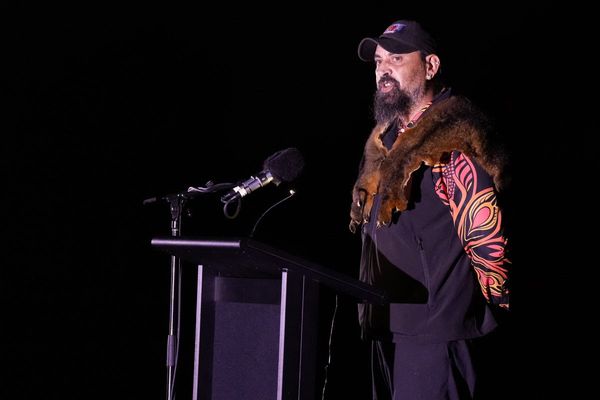
On December 6, 2022, the European Association of Motorcycle Manufacturers (ACEM) hosted a panel discussion about the its vision for decarbonization. A wide variety of participants were involved, from ACEM president and Piaggio Group chief executive of global strategy, Michele Colaninno, to Bernard Gindroz from the Swappable Batteries Motorcycle Consortium.
Although the discussion’s stated intention was to talk about how the industry plans to address a multitude of sustainability issues as we all progress toward the year 2030, what it evolved into was a spirited debate about the comparative merits of the evolution of combustion engines (such as with so-called e-fuels and hydrogen) and electrification.
At the beginning, Colaninno’s opening address noted that at present, the motorcycle industry in Europe employs around 400,000 people, and contributes significant amounts of money to the economies of countries across the European Union. The unstated implication was, of course, that even in this period of transition, the industry wants to see itself both survive and thrive going forward—and that indeed, no one wants to see those numbers decrease. At the same time, society collectively benefits if we work toward decarbonization and decreasing emissions, and we should find ways to make both those things a reality.

Other panelists participating included Helfried Sorger, Pierer Mobility chief technical officer of powertrains; Eric-Mark Huitema, director-general of vehicles at the European Association of Electromobility (AVERE); Ralf Diemer from the eFuels Alliance; Antonio Perlot from ACEM; Isabel Vandoorne of the European Commission’s DG MOVE; and Andreas Gluck from the European Parliament. Although Ducati has previously been involved in this ACEM series, its presence at this event was only felt via the V21L displayed out in the seating area designated for in-person attendees at the conference.
While all panelists of course had their own points of view, the general consensus seemed to be that lowering emissions is a goal we must all work toward, but that putting all the industry’s technological eggs into one metaphorical basket isn’t a good idea, for a number of reasons.
From a technological perspective, electric motorbikes currently work best for low-voltage urban mobility, not for high-speed, long-distance leisure pursuits. That’s where the debate about the possibilities of e-fuels (synthetic fuels, for those unfamiliar) and hydrogen come into play, because both those means of fueling mobility can potentially offer the benefits of long-distance, high-speed travel on motorbikes. Swappable batteries make the ability to quickly refuel electric vehicles a much more feasible possibility in urban centers, but what happens in rural areas?

Infrastructure is also a major concern—something that e-fuels proponents such as the eFuels Alliance argue is a potential strength of their product. While fast-charging and swappable batteries require additional infrastructure investments that are both extensive and expensive, e-fuels can theoretically make use of existing traditional fuel infrastructure.
Another important point raised in this discussion is the tendency, when discussing decarbonization, to only think about emissions in terms of tailpipes. Considerations about how the raw materials to build either combustion or electric vehicles are sourced, assembled, and delivered to customers should also be part of the conversation. Electric power, on its face, may not result in the same emissions as gasoline or diesel—but if that electricity is generated by coal power plants, then it isn’t as low-emission as we think it is.
Additionally, concerns about wanting to diversify the industry’s approach to decarbonization were strongly expressed by most participants. The global pandemic shined a bright light on the pitfalls of overly concentrating parts of supply chains in a given geographical area. Additionally, the current European energy crisis and ongoing Russian war make calls to diversify energy sources (and resources) all too clear.
How will this all evolve going forward? It’s difficult to say—but strong calls for “technology neutrality” as the industry moves toward decarbonization were echoed up and down the panel.







